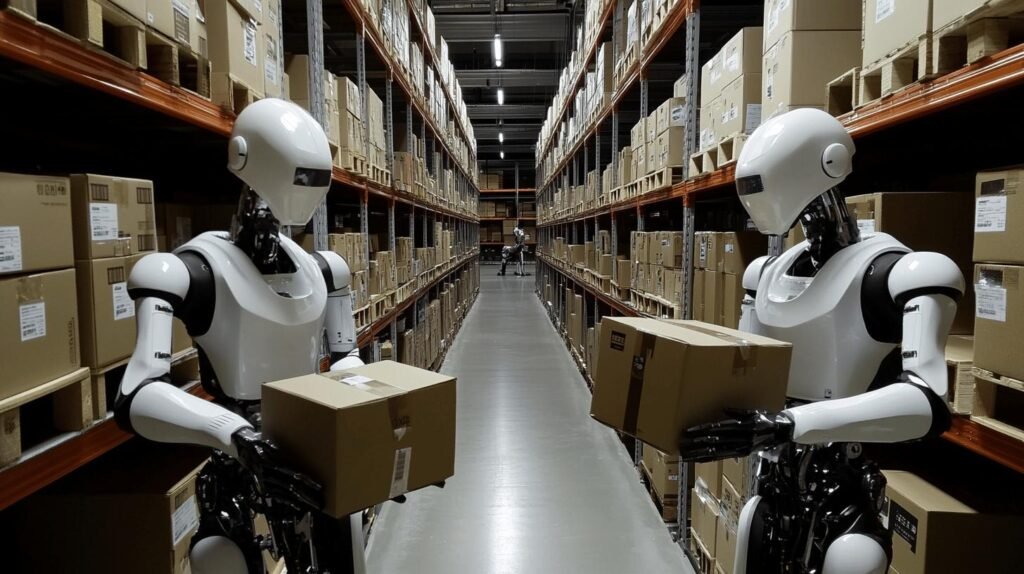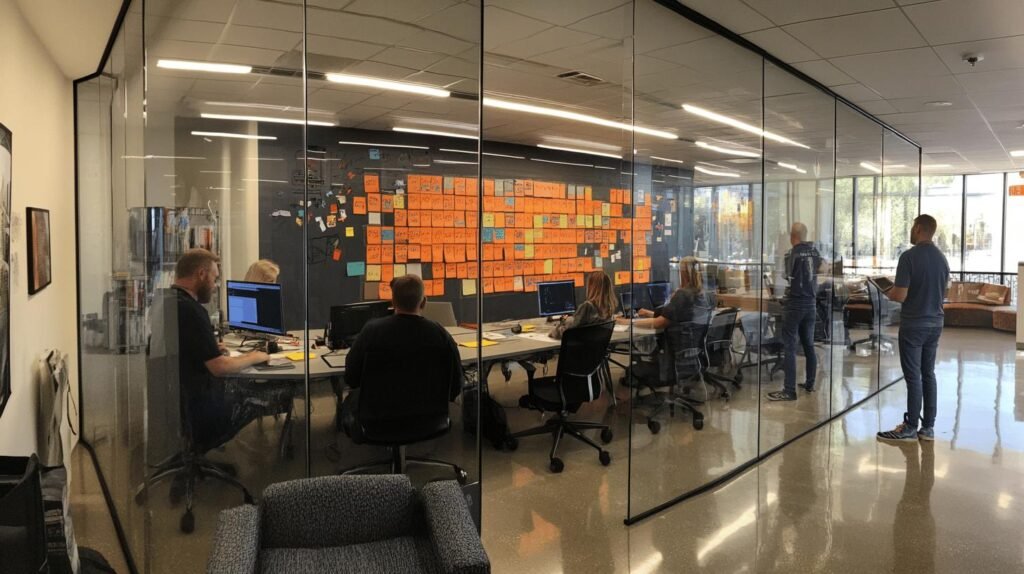Hey there! Ready to geek out on the past and future of educational tech? Let’s dive into how it all began. Picture it: over 2,500 years ago, when oral chats were the go-to tool in education. We owe ancient Greeks for setting up primary and secondary schools where they taught reading, writing, and math.
But wait, it gets cooler. Imagine teaching with wax boards, clay tablets, and parchment. These were the “iPads” of their time, spanning cultures and paving the way for what we use today.
Now, think about the game-changing move from just talking to writing. This shift was like switching from dial-up to fiber internet – it changed everything! Buckle up, because we’ll trace how these building blocks transformed education.
The Impact of the Printing Press and Written Communication
Written communication has been around since at least the 7th century BC. It was a big leap from oral traditions, letting folks jot down ideas and share them more widely. Fast forward to the 15th century, and bam—the printing press rolls in. Talk about a game-changer! This invention made books and written materials way more accessible, kind of like how the Internet did in modern times. It wasn’t just about making books cheaper; it was about making sure everyone could get their hands on knowledge. Imagine going from a world where only a few could read scrolls to one where books were everywhere. That’s the kind of shift the printing press sparked.
Now, let’s dive into what happened because of this printing boom. Education took off in a big way. Suddenly, you had formal curricula being developed. Libraries became a thing, offering a treasure trove of resources to students and scholars alike. And those pencils we take for granted? They became standard classroom tools by the mid-1600s. Here’s a quick rundown of the printing press’s key impacts on education:
- Books became widely available, cutting costs and boosting literacy.
- Formal curricula were established, standardizing what was taught.
- Libraries popped up, serving as hubs of knowledge and learning.
- Pencils became common, making writing more accessible.
- Education became more democratic, reaching a broader audience.
The Digital Revolution and Computers in Classrooms
When did computers start making waves in education? The real buzz began in the 1980s. Apple launched the Macintosh in 1984, and Toshiba introduced its laptop in 1985. These milestones were huge. They marked the beginning of a new era where computers started sneaking their way into classrooms. By the 1990s, computers weren’t just for tech geeks. They became essential educational tools. This decade saw schools embracing digital technology, setting the stage for the tech boom in education.
Fast forward to 2009, and you see a world where 97% of classrooms had computers. Crazy, right? Plus, 93% of these classrooms had Internet access. This widespread integration transformed how students learned. Suddenly, information was at their fingertips. Students could research, collaborate, and create like never before. The Internet turned into a massive library, and teachers became guides in this digital landscape. It wasn’t just about reading textbooks anymore. It was about engaging with interactive content and developing digital skills.
| Year | Technology | Impact |
|——|————|——–|
| 1984 | Apple Macintosh | Made personal computers accessible and user-friendly for education |
| 1985 | Toshiba Laptop | Introduced portability, allowing learning on-the-go |
| 1990s | Internet Expansion | Provided vast resources and opportunities for global collaboration in learning |
| 2009 | Classroom Computers | Enabled interactive learning and digital literacy for students |
The digital revolution didn’t just change the tools we use; it changed the way we think about education. Now, schools focus more on skills like critical thinking, collaboration, and digital literacy. This shift has paved the way for new teaching methods and continues to drive innovation in educational technology.
Final Words
From the ancient roots of education with wax boards and oral tales, we’ve seen a fascinating journey to today’s digital classrooms. The printing press shook things up, opening the door to widespread access to knowledge. Fast forward, the 20th century brought us textbooks and blackboards, setting the stage for the digital leap.
Now, with computers and social media in the mix, education keeps evolving. Understanding the history of educational technology reminds us of how far we’ve come, and sparks excitement for what’s next in learning.
FAQ
Q: When did technology in education start?
A: Humans began using tech in education over 2,500 years ago. Ancient Greeks introduced schools that used basic tools like wax boards and clay tablets for reading, writing, and math.
Q: Who is the father of educational technology?
A: John Dewey is often called the father of educational technology. His philosophies in the 20th century emphasized adapting curricula and critical thinking, laying the groundwork for progressive education.
Q: How has educational technology changed over time?
A: Educational tech has evolved from ancient oral methods to tools like the printing press, leading to textbooks and computers in modern classrooms. Each era has introduced innovations that transformed learning.
Q: What is the brief history of technology in education?
A: Educational tech began with oral teaching, advanced with the printing press, expanded with 20th-century tools like blackboards, and revolutionized with computers and digital tech in recent decades.
Q: How did the printing press impact education?
A: The printing press democratized education by making books widely available, leading to standardized curricula, libraries, and the introduction of pencils in classrooms.
Q: What are some key 20th-century educational technologies?
A: Key 20th-century techs include:
- Textbooks
- Blackboards
- Ink pens
- Progressive educational theories (thanks, John Dewey!)



